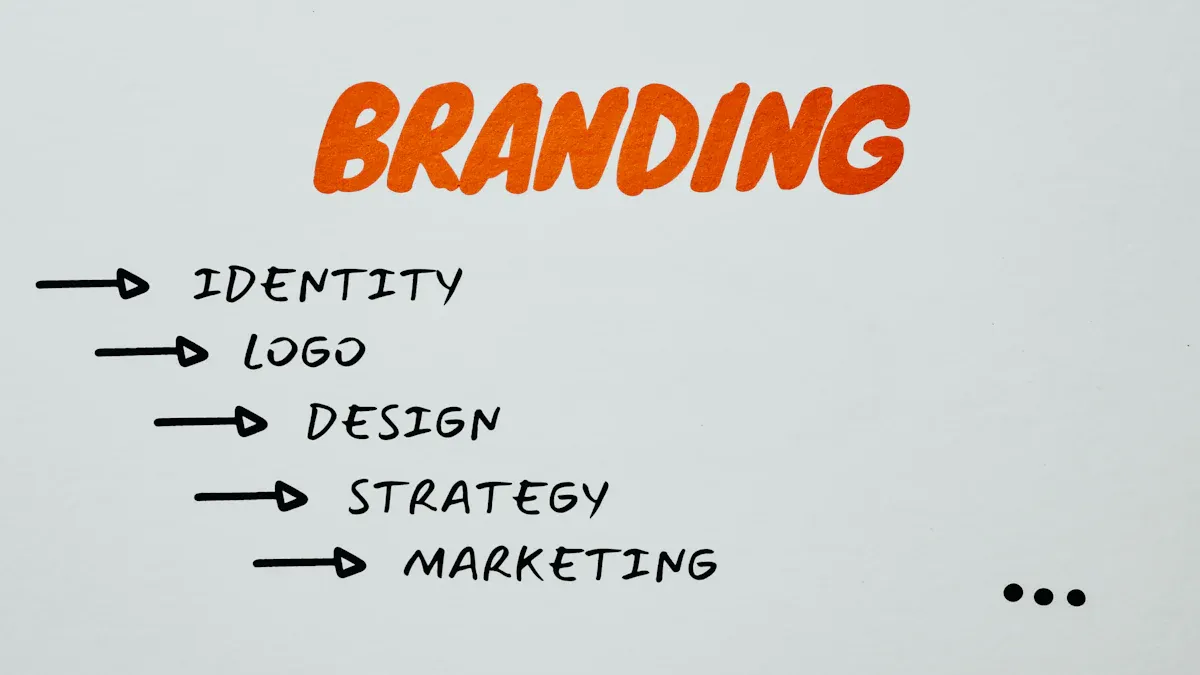I’ve seen firsthand how intentional, empathetic design can transform businesses. A few years ago I was involved in a project with Bio-Rad. They had a challenging problem – they had designed a component-based chromotography system called the NGC. Any lab could configure it to their needs, changing size and spec to their liking. It’s an amazing product that was a total game-changer.
The challenge is that the units are large, heavy, and very expensive. They couldn’t outfit thousands of salespeople with their own demo system. So instead we built them an augmented reality configurator. Using an iPad prospects could project a scale 3D model into their lab space, and configure the system in 3D. Salespeople could get a quote and send in an order right from the app.
Not only did this give them an easy way to get the product in front of prospects, it saved Bio-Rad a ton of money. They had planned a massive conference where all global salespeople would come to San Francisco to learn the system. The app made that unnecessary, as it had all the information they needed to train up and get familiar.
This is one example of how design and UX focus can impact a bottom line. Design is primarily about putting yourself in the shoes of the user, and continually improving the experience they have through iteration.
And it’s not only for large businesses like Bio-Rad. We recently worked with UmYum, a food started, to visualize packaging and new product concepts in order to gauge interest from retailers and investors. As products are being developed we can test market interest and build engagement.
UX (User Experience) design isn’t just about creating sleek interfaces for websites or apps—it’s about crafting a journey that serves your customers’ needs while driving your business goals. And it’s not something that only happens in one space – the user experience (or customer experience) you deliver is driven by your brand and values. For small businesses this focus can take you from fledging startup to growing player.
Let’s explore why investing in professional UX design is one of the smartest moves you can make as a small business owner.
Beyond Digital: The Real-World Impacts of UX Design
UX design extends far beyond the digital realm. Every touchpoint your customers experience—from your website to your storefront and even your customer service—forms part of their overall journey. This journey needs to feel intuitive, engaging, and frictionless.
Starbucks success isn’t just about coffee; it’s about how customers feel when they order, wait, and enjoy their drinks. From mobile app ordering to in-store layout, every element is designed to create a seamless and satisfying experience.
As a small business, you may not have Starbucks’ scale, but you can adopt their mindset. For example:
- Website Design: Ensure your site is mobile-friendly, easy to navigate, and answers customer questions upfront. Don’t push your message, solve their problem.
- Customer Service: Train your team to be proactive and empathetic in addressing customer concerns. Hire people that share your values, and that can speak to customer concerns.
- Onboarding: Whether onboarding a new client or teaching a customer to use your product, make things easy and seamless. Maybe even delightful. That extra bit of attention will pay for itself in referrals.
Every aspect of your business—online and offline—should align with a thoughtful, user-centered design strategy.
Great UX design doesn’t just make your business look good; it directly impacts your bottom line. When customers find it easy to engage with your brand, they’re more likely to complete purchases and return for future business.
Friction Kills Sales
Have you ever abandoned an online purchase because the checkout process was confusing? You’re not alone. According to Baymard Institute, 17% of online shoppers abandon carts due to complicated or lengthy checkout processes. Imagine if your website’s design could eliminate these pain points. Professional UX design turns frustration into satisfaction, keeping customers engaged and driving conversions.
Trust Builds Loyalty
Empathy is at the core of UX design. When customers feel understood and valued, they’re more likely to trust your business. For example, a clear FAQ section or easy-to-find customer support signals that you’re anticipating their needs. As Jeff Bezos famously said, “We’re not competitor-obsessed, we’re customer-obsessed. We start with what the customer needs and we work backward.” This principle applies to businesses of every size.
UX in Customer Onboarding and Retention
Investing in UX doesn’t stop once a sale is made. A well-designed onboarding process can turn first-time buyers into loyal advocates. Consider these elements:
- Welcome Emails: Use simple, engaging content to guide customers on what to expect and how to get started.
- Tutorials and Demos: Whether through video or step-by-step guides, help customers make the most of your product or service.
- Feedback Loops: Regularly ask for feedback and make it easy for customers to provide it. Showing that you’re listening builds loyalty and fosters long-term relationships.
HubSpot’s customer onboarding process, for example, includes easy-to-follow tutorials and personalized check-ins. This approach not only reduces churn but also increases customer satisfaction.
Empathy: The Secret Ingredient
At its heart, UX design is about empathy. Understanding your customers’ perspectives allows you to craft experiences that resonate with them. As the legendary designer Dieter Rams once said, “Good design is as little design as possible.” In other words, simplicity and usability are the ultimate forms of sophistication.
Take time to map out your customer’s journey. Where do they experience frustration? What questions are they asking? By addressing these points, you create a business that feels approachable and human—qualities that resonate deeply with customers.
Why Small Businesses Can’t Afford to Ignore UX
You might think professional UX design is only for big corporations, but the truth is, small businesses stand to gain the most. With fewer resources, every customer interaction counts. Investing in UX design ensures that those interactions leave a positive impression, increasing the likelihood of repeat business and word-of-mouth referrals.
The ROI of Good Design
- Higher Conversion Rates: Well-designed experiences lead to more completed purchases.
- Customer Loyalty: A smooth, thoughtful journey encourages repeat customers.
- Differentiation: In a crowded market, excellent UX can set your business apart.
According to Forrester Research, every dollar invested in UX design returns $100 in benefits on average. That’s a compelling reason to make UX a priority.
Final Thoughts
In today’s competitive landscape, small businesses can’t afford to view UX design as a luxury. It’s a necessity. By creating intuitive, empathetic experiences across every touchpoint, you’re not just meeting customer expectations—you’re exceeding them.
If you’re ready to elevate your business through thoughtful design, consider partnering with professionals who live and breathe UX. Together, we can craft a journey that delights your customers and drives your growth.
Sources:
Dieter Rams, 10 Principles for Good Design
Baymard Institute: Cart Abandonment Statistics
Forrester Research: ROI of UX Design
“Customer Obsession” Quote, Jeff Bezos (Inc. Magazine)










